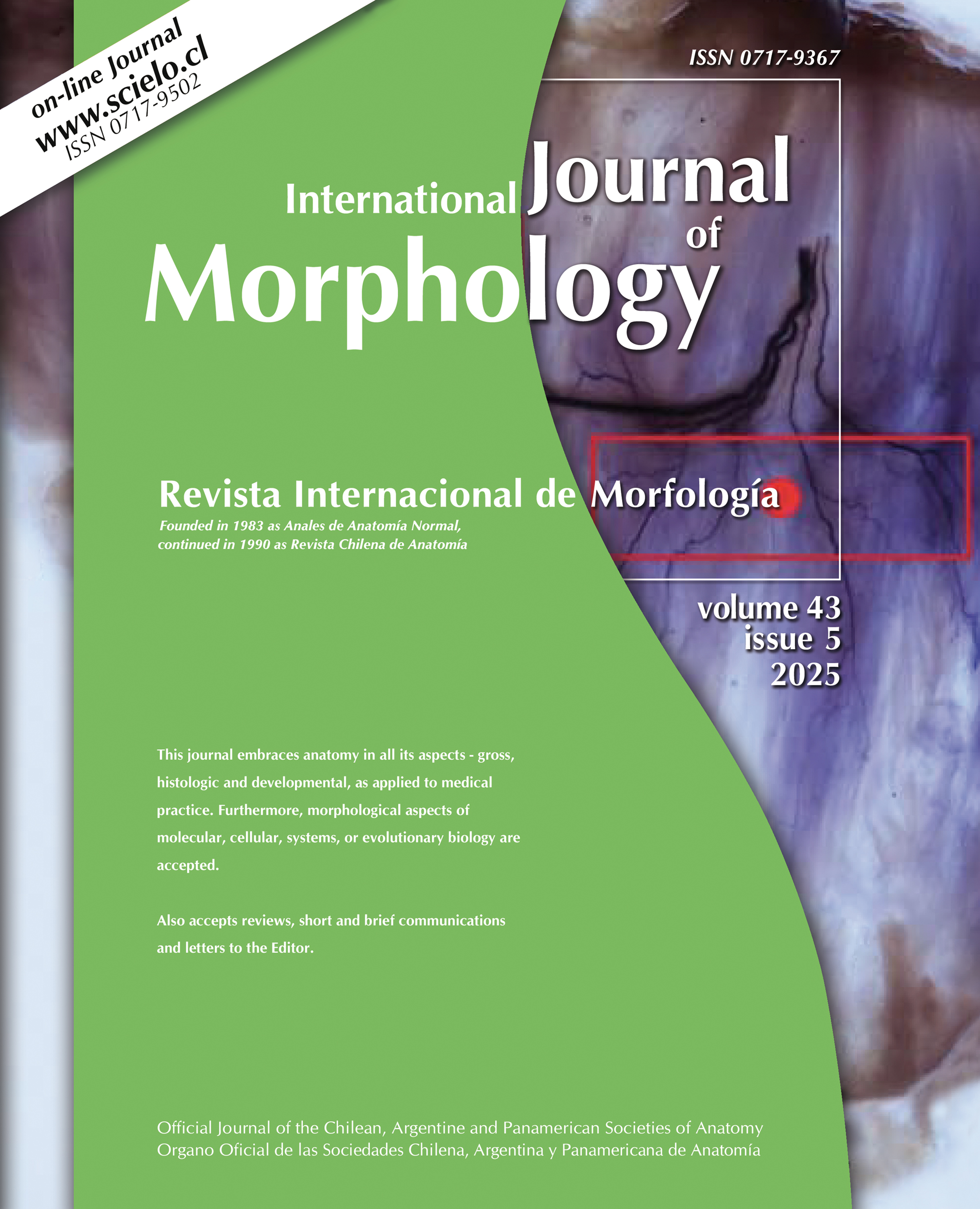Body Asymmetries in Dancers of Different Dance Disciplines
DOI :
Dasa Prus & Petra Zaletel
Summary
Dance is an attractive sport discipline in which participation is increasing every year, unfortunately, the prevalence of injuries is also increasing. Various dance disciplines and dance techniques require body control, often in extreme anatomical positions that place a heavy strain on the musculoskeletal system. The aim of this research was to analyze body asymmetries of four different dance disciplines (standard and Latin American dance - STLA, acrobatic rock and roll - RNR, breakdance - BD and hip hop - HH), by using anthropometric (InBody 720; Biospace Co., Ltd) and 3D body measurements (NX-16; TC2) to establish possible later discomforts and injuries. T-test was performed to find differences between left and right extremities in all four dance disciplines. Results of the study showed that asymmetries are present in all of the studied dance disciplines. When comparing dance disciplines, we found out that STLA dancers are the most prone to develop body asymmetries (six out of nine paired variables), mainly because of the closed position. The position itself is the asymmetry and in which dancers remain for a very long time while training the technique of each dance. As dance is known for its asymmetrical movement of the body and it is expected that some of the asymmetries will appear after a few years of training. For a better understanding of possible consequences of asymmetries in dancers’ bodies, further and more detailed analysis within each dance discipline is required.
KEY WORDS: Dance; Asymmetry; Anthropometry; Circumferences; Ballroom; Rock and roll; Hip hop; Breakdance.
How to cite this article
PRUS, D. & ZALETEL, P. Body asymmetries in dancers of different dance disciplines. Int. J. Morphol, 40(1):270-276, 2022.





























